Geoscience Reference
In-Depth Information
occurs as a standing wave off the east coast of North
America, where tidal currents are zero in the nodal center of
the oscillating water near the shelf edge and maximum at the
margins (antinodes) where the shelf is broadest.
wavelength,
, twice the length,
L
, of the basin. The speed
of the wave is thus 2
L
/
T
and, treating the tidal wave as a
shallow-wat
er
wave, we may write
M
er
ian's formula
as
.
T
is now given by . When the period
of incoming wave equals or is a certain multiple of this reso-
nant period, then amplification occurs due to resonance, but
with the effects of friction dampening the resonant amplifi-
cation as distance from the shelf edge increases. The tide
2
L
/
T
gh
2
L
/
gh
4.9.8
A note on tsunami
The horrendous Indian Ocean tsunami of December 2004
focused world attention on such wave phenomenon.
Tsunami is a Japanese term meaning “harbor wave.”
Tsunami is generated as the sea floor is suddenly deformed
As seen from the pole star, our moon
rotates anticlockwise around its common
center of mass with the Earth,
4,700 km
Cm
, every
27. 3 days
Earth
Earth
F
c
E
to
Moon
M
Cm
Cm
E
Moon
F
c
This is the path of motion
(assumed circular here) of
constant radius described by
the Earth-Moon system as it
rotates about
Cm
Fig. 4.50
The centripetal acceleration (see Section 3.7) causes and
the centrifugal force,
F
c
, directed parallel to EM of the same magni-
tude occur
everywhere
on the surface of the Earth.
Fig. 4.49
Revolution of the Earth-Moon pair.
Earth
E
M
Moon
The resultant tide-producing forces
Fig. 4.51
The gravitational attraction of the Moon on the Earth varies according to the inverse of the distance squared of any point on the Earth's
surface from
M
, the center of mass of the Moon. Hence the resultant of the centrifugal and gravitational forces is the tide-producing force.
Assuming a water-covered planetary surface this is the tidal bulge
under which the Earth rotates twice daily, giving rise to two periods
of low and high water each day - the diurnal equilibrium tide
Earth
M
E
Moon
but of course the contribution of the Sun´s mass, the variation
of planetary orbits and oceanic topography make the ACTUAL
tide a great deal more complicated!
Fig. 4.52
The magnitude of the tide producing force is only about 1 part in 10
5
of the gravitational force. We are interested only in the hori-
zontal component of this force that acts parallel to the surface of the ocean. This component is the
tractive force
available to move the oceanic
water column and it is at a maximum around small circles subtending an angle of about 54
to the center of Earth. The tractive force is at a
minimum along the line EM connecting the Earth-Moon system. An equilibrium state is reached, the
equilibrium tide
, as an ellipsoid repre-
senting the tendency of the oceanic waters flowing toward and away from the line EM. Combined with the revolution of the Earth this causes
any point on the surface to experience two high water and two low water events each day, the
diurnal equilibrium tide
.







































Search WWH ::

Custom Search